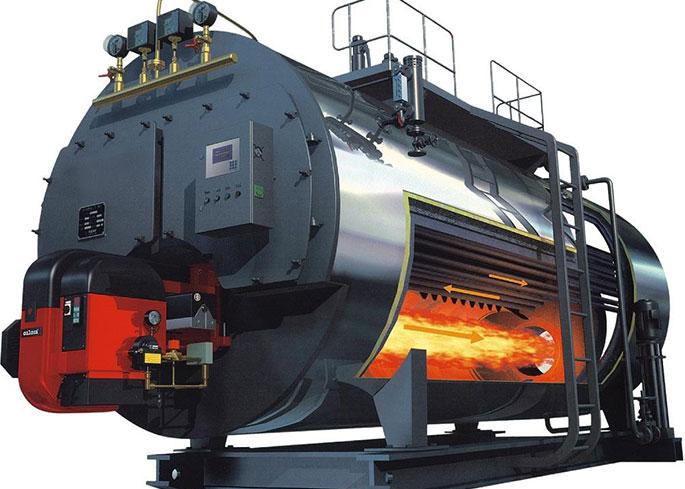Lord Fin Tube--Waste heat recovery boiler
What is waste heat recovery boiler?
A waste heat recovery boiler (WHRB) is a type of boiler that captures and utilizes waste heat from industrial processes for the generation of steam or power. Industrial processes often produce excess heat that is discharged into the atmosphere, and waste heat recovery systems aim to capture and utilize this heat to improve overall energy efficiency.
Here are the key components and functions of a waste heat recovery boiler:
1. Source of Waste Heat:
- Waste heat recovery boilers are typically installed in industries where there are high-temperature processes, such as in cement plants, steel mills, glass manufacturing, and chemical processing. These processes generate substantial amounts of heat that can be recovered.
2. Boiler Design:
- Waste heat recovery boilers are designed to handle high-temperature gases or liquids produced in an industrial process. The boiler is often integrated into the industrial process to capture the waste heat directly.
3. Heat Exchange:
- The waste heat recovery boiler captures the heat from the hot gases or liquids and transfers it to water, producing steam. The heat exchange process is crucial for efficient energy recovery.
4. Steam Generation:
- The recovered heat is used to produce steam, which can be used for various purposes within the industrial facility. Common uses include power generation, heating, or additional industrial processes requiring steam.
5. Power Generation:
- In some cases, waste heat recovery boilers are connected to a steam turbine to generate electricity. This is particularly common in industries where there is a substantial amount of waste heat available, and the facility wants to offset its electricity consumption.
6. Efficiency Improvement:
- The primary purpose of waste heat recovery boilers is to improve the overall energy efficiency of an industrial process. By capturing and utilizing waste heat, industries can reduce their dependence on external energy sources and lower operating costs.
7. Environmental Impact:
- Waste heat recovery also has environmental benefits by reducing the overall carbon footprint of industrial operations. It allows for the reuse of energy that would otherwise be wasted, contributing to sustainability efforts.
Types of Waste Heat Recovery Boilers:
- There are different types of waste heat recovery boilers, such as fire tube boilers, water tube boilers, and heat recovery steam generators (HRSG). The selection depends on the characteristics of the waste heat source and the desired application.
1. Fire Tube Boilers:
These boilers are designed to recover heat from hot gases that flow through tubes that are submerged in a water-filled tank. The hot gases pass through the tubes, heating the water and generating steam.
2. Water Tube Boilers:
These boilers have tubes filled with water that are heated by hot gases passing through the tubes. The heated water generates steam that can be used for power generation or other industrial processes.
3. Heat Recovery Steam Generators (HRSGs):
These are specialized waste heat recovery boilers that are used in power generation applications. They are designed to recover heat from gas turbines, which are used to generate electricity. HRSGs are typically large, complex systems that incorporate a number of heat transfer surfaces and steam generators.
Waste heat recovery boilers play a significant role in industrial energy management, providing a means to utilize heat that would otherwise be lost. The design and implementation of these systems depend on the specific characteristics of the industrial process and the requirements of the facility.


